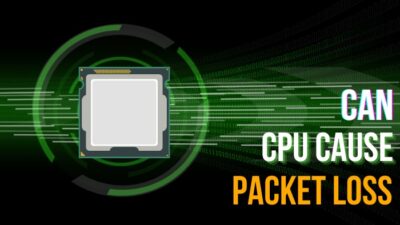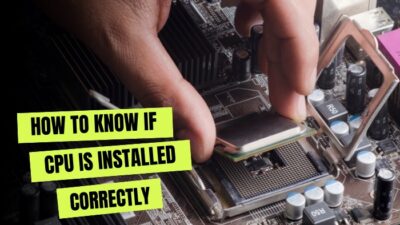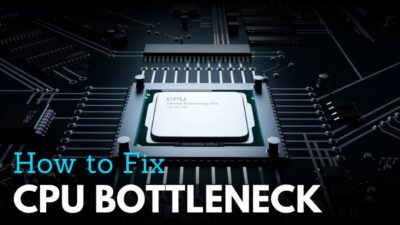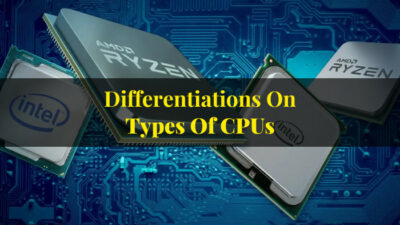A computer is not made up of just one part. There is a CPU, RAM, motherboard, and many more. Nonetheless, the CPU is frequently cited as performing all computations.
Does this imply that the CPU alone performs all computational tasks and executes all processes?
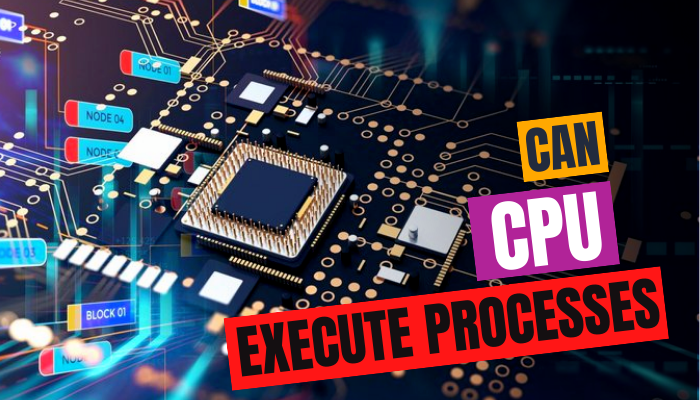
You have come to the proper place if you have a question concerning this subject. And to help you understand, I’ll give you a brief overview of the topic. So let’s get going.
What are Processes on a PC?
A process is an illustration of a program running on a computer. When a user or service runs a program on a computer, a process is initiated.
A process is, in a very real sense, a specific activity or set of related activities that a user inputs to the machine. Then, whoever or whichever manages that input, gives it value, and then produces output.
As in real life, every machine, PC, and Phone goes through a process to provide outputs to the user.
whenever you give your computer or machine an input, and it uses a system to produce the input’s result. The system begins the process of generating the output as soon as you start moving the mouse or pressing the keyboard.
Also, it’s not as though the user always interacts with the computer directly. The procedure begins the moment you press the system switch-on button or swipe your finger to unlock your phone.
Several services are also active in the background to continuously improve the user experience. All this requires rapid processing.
There are numerous more parts in a computer besides the CPU, such as RAM, a GPU, and an SSD. Hence, does the CPU only execute instructions? Or even can the CPU execute the process. Let’s get directly to the matter.
How Does the CPU Execute the Program Instructions
The logic system that reacts to and executes the commands that power a computer is known as a CPU. The central processing unit (CPU) of your computer performs practically all functions with assistance from other parts.
A CPU has to execute the process on your PC. Needless to say, the CPU must execute the process cause it’s the CPU’s role is processing. The CPU was created specifically for that purpose as well. Besides that, the CPU controls other units inside a PC. For example, the CPU works tightly with the RAM.
Don’t forget the GPU, by the way. With modern gaming and productivity applications, dedicated graphics cards play a crucial role. And the CPU must be capable of handling that GPU.
A CPU operates in a specific way when running a process. A CPU is referred to as the processor as well. Why is it even called a processor if it doesn’t even handle executions? It makes it obvious, thus all processes are carried out by the CPU or processor.
The logic component that responds to and processes commands in order to operate a computer is known as a CPU. With the assistance of an integrated circuit or IC, the CPU interprets the majority of computer commands. Basic logic, I/O, and arithmetic operations are carried out by the CPU.
That being said, there is a certain method that a CPU uses to execute the process. In short, it’s called Fetch > Decode > Execute. There is also another term, Write-Back. When the CPU completes a process, it stores the solution or answers for future usability with write-back.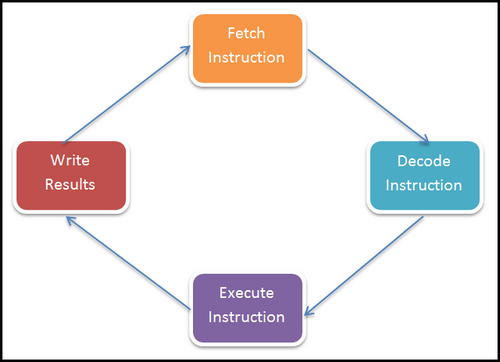
Also, once this one step is finished, a cycle has been completed. And this cycle repeats itself in a loop fashion. By using this technique, a CPU keeps finishing the tasks you give it.
The procedure known as “fetch” is the one that takes instructions from RAM or memory. The CPU decodes the information and adds values to prepare it for execution. The outputs are then executed by the CPU after decoding.
With everything said, read how long CPUs last after such heavy lifting.
How CPU Executes Process
The primary internal part of the CPU is ALU or Arithmetic Logic Unit, register, and Control Unit (CU). The process part remains above the ALU and register. Furthermore, the fetch and execution of an instruction are controlled by the control unit.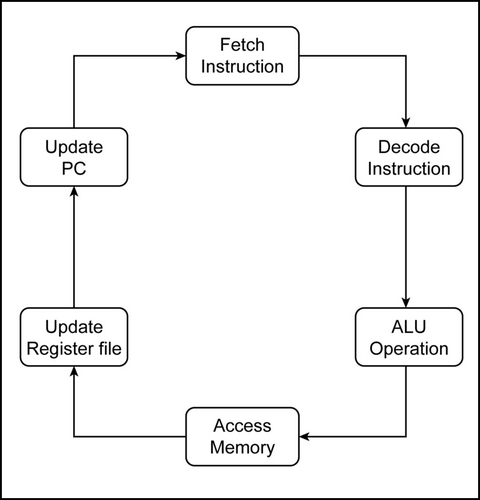
The computer first stores any input from the user as a program in the memory. Then, the program is converted to machine language.
The machine language instructions are subsequently fetched from memory by the CPU, which then runs the program. Then apply the logic to it in order to carry out the output.
The logic attribute is crucial to processing. Because different results could result from identical instructions.
For instance, pressing “A” will give you the letter “A” whether you type something in MS Word or reply to a message. The “A” serves a different purpose in video games, though. That’s why logic units always play a huge role in the execution output. Not to mention, the CPU can execute billions of instructions per second.
FAQs
How does the CPU perform a process?
The arithmetic-logic unit, or ALU, is a combinational logic circuit located within the CPU’s processor that carries out the exact arithmetic operations for each instruction. In order to execute an instruction, a CPU typically reads it from memory, uses its ALU to process it, and then stores the outcome in memory.
Is CPU used for processing?
The CPU, which houses all the circuitry required to process data, store information, and output results, is the brain of a computer. The CPU is constantly executing computer programs that give it instructions on whatever data to process and in what order. We couldn’t use a computer to run programs without a CPU.
What is the role of the CPU?
The central processor unit (CPU) guides the computer through various problem-solving processes. A computer’s central processing unit receives data from an input unit, processes it, and then makes it available to an output unit that the user can access. That is what a CPU does.
Final Thoughts
A CPU is acknowledged as a processor since it processes all the queries that we toss at it. Furthermore, only the CPU is able to process all the inputs. The CPU includes all the necessary technologies to carry out process execution.
Also, the CPU has specific ways to execute the process. And that is the Fetch-Execute process.
The majority of electronics, including computers, smartphones, medical equipment, and many others, include CPUs because they can carry out processes.

